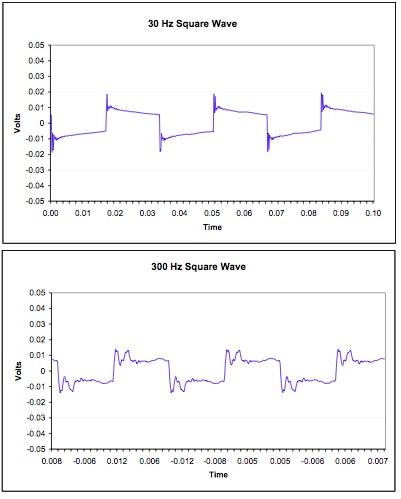inarc
100+ Head-Fier
- Joined
- Sep 26, 2009
- Posts
- 136
- Likes
- 11
Quote:
Have you considered using the independent-of-direction equalization?
I like where this thread is going!
| Originally Posted by Tyll Hertsens /img/forum/go_quote.gif That the DF curve that comes with the head is likely not the best background subtraction to make because ... well because there's so much darn controversy about it. However, taking the data on a head is probably a good place to start since so much of what these curves look like are due to the very specific shape of an ear in the earpiece. |
Have you considered using the independent-of-direction equalization?
I like where this thread is going!


































